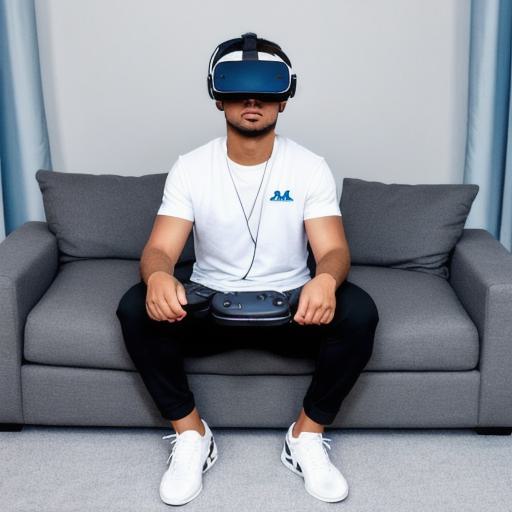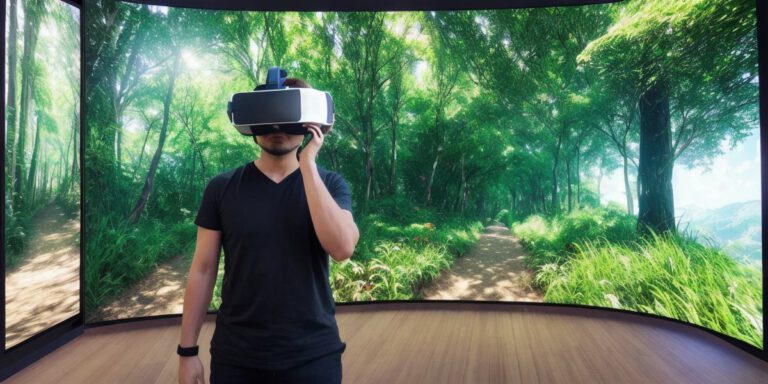Virtual Reality: 3D vs. Non-3D – Pros and Cons

Introduction:
Virtual reality (VR) has come a long way since its inception, and it’s now an integral part of many industries. With VR, users can immerse themselves in a virtual world, creating a whole new level of engagement and interaction. However, one question that often arises is whether virtual reality is always 3D or not. In this article, we will explore the pros and cons of both 3D and non-3D virtual reality and how they can be used effectively in different applications.
What is 3D Virtual Reality?
3D virtual reality (VR) is a type of VR that creates a three-dimensional environment for users to interact with. This means that objects in the virtual world appear to have depth, which creates a more realistic and engaging experience for the user. 3D VR can be used in a variety of applications, including gaming, education, healthcare, and training.

Pros of 3D Virtual Reality:
- Realistic Experience: With 3D VR, users can interact with objects that appear to have depth and texture. This creates a more realistic experience, which is particularly useful in applications such as gaming and simulation.
- Enhanced Engagement: The three-dimensional environment of 3D VR can enhance engagement by creating a more interactive and immersive experience for the user.
- Improved Training: In healthcare and training applications, 3D VR can help users to practice complex procedures in a safe and controlled environment. This can lead to better outcomes and reduced errors.
Cons of 3D Virtual Reality:
- Limited Content: The development of 3D content can be expensive, which means that there may be limited options available for some applications.
- Hardware Requirements: 3D VR requires more powerful hardware than non-3D VR, which can limit its accessibility for some users.
What is Non-3D Virtual Reality?
Non-3D virtual reality (VR) is a type of VR that creates a two-dimensional environment for users to interact with. This means that objects in the virtual world do not appear to have depth, which can create a less realistic and less engaging experience for the user. Non-3D VR can be used in applications such as education and training.
Pros of Non-3D Virtual Reality:
- Lower Costs: Non-3D VR is generally less expensive to develop than 3D VR, which means that there may be more options available for some applications.
- Accessibility: Non-3D VR can be accessed on a wider range of devices, making it more accessible for users with limited hardware resources.
Cons of Non-3D Virtual Reality:
- Limited Engagement: The two-dimensional environment of non-3D VR may not create the same level of engagement as 3D VR, particularly in applications such as gaming and simulation.
- Reduced Realism: The lack of depth in non-3D VR can reduce the realism of the virtual world, which can be a disadvantage in some applications.
Case Study:
One example of the use of both 3D and non-3D VR is in the field of education. In some cases, 3D VR can be used to create a more engaging and immersive learning experience, such as exploring the human body or studying ancient ruins. However, non-3D VR can also be used to create educational content that is more accessible and cost-effective, such as virtual field trips or interactive simulations.
Expert Opinions:
According to Dr. David Eagleman, a neuroscientist and author, "Virtual reality has the potential to revolutionize the way we learn, work, and even experience our own bodies. Whether it’s 3D or 2D, VR can provide








